At AIZOME, our commitment to creating textiles that are not only luxurious but also genuinely beneficial for both people and the planet has always been at the core of what we do. From our inception, we've dedicated ourselves to using only 100% GOTS certified organic cotton, ensuring that our products are crafted without compromising health, ecological balance, or ethical principles. We've taken pride in using unbleached cotton, avoiding harsh chemicals that can harm both the environment and those with sensitive skin.
Today, we're excited to announce a significant evolution in our sustainable practices with our shift towards regenerative cotton. This move marks a milestone in our ongoing journey towards more holistic, sustainable textile production. Regenerative cotton goes many steps beyond even the stringent standards of organic cotton, incorporating practices that restore and enhance the health of ecosystems. And because we want to make regenerative textiles for you and the planet, this is the right step.
What is Regenerative Cotton?
Regenerative agriculture is a transformative approach that aims to rejuvenate the soil, increase biodiversity, improve the water cycle, and support carbon sequestration. It’s about creating systems that are designed to give back to the earth more than they take away.

Why Regenerative Cotton?
Switching to regenerative cotton aligns perfectly with our mission to reduce environmental impact and improve the lives of everyone involved in our supply chain. This type of cotton farming supports:- Enhanced Biodiversity: Promoting a variety of flora and fauna, which contributes to healthier farming systems.
- Improved Soil Health: Regenerative practices increase soil fertility and resilience against climate fluctuations.
- Water Conservation: Efficient use of water resources, crucial in maintaining balance in delicate ecosystems.
- Carbon Sequestration: Capturing atmospheric carbon dioxide and storing it in the soil, which helps mitigate climate change.

Hang on, but isn't cotton bad for the environment?
From a dermatological perspective, and particularly for those with sensitive skin, cotton remains the most suitable fiber known to both man and science, thanks to its natural softness, breathability, and hypoallergenic properties. But isn’t it bad for the environment?
Cotton gets a bad rap especially when compared to so-called eco-textiles like viscose, bamboo, or even polyester (which ironically are synthetic or heavily chemical-dependent fibers). Cotton's reputation as a water-intensive crop often brings it under scrutiny in discussions about environmental sustainability. However, it's important to clarify some common misconceptions regarding cotton's water usage. While it's often cited that producing one kilogram of cotton can consume more than 20,000 liters of water, this figure can be misleading. Cotton is actually drought tolerant and native to arid regions where it traditionally thrives on minimal water. In fact, half of the world's cotton crop grows without any artificial irrigation, relying solely on rainwater. For instance, in Israel, known for its efficient agricultural techniques, farmers use an average of only 98 liters of water to produce one kilogram of lint.
With the adoption of regenerative cotton practices, the emphasis shifts entirely away from artificial irrigation. Regenerative agriculture enhances the natural water cycles, further minimizing the need for supplemental water sources. This approach not only makes cotton cultivation more sustainable but also ensures that it does not divert essential resources away from communities.
Transitioning to New Products
We are in the process of transitioning to Regenerative Cotton. Not all products currently in our store are made with this new standard, but we are committed to gradually replacing all our inventory. We are also pursuing third-party certification to validate our practices, ensuring you don't just take our word for it.
Rest assured, any product you buy from us is made from the highest quality of organic cotton, featuring extra-long staple fibers, processed completely unfinished. This commitment to quality is evident even in the minor details. For instance, our unbleached cotton retains the natural "kitty" — tiny black dots which are remnants of the cotton husk. Unlike many manufacturers who use harsh chemicals to remove these specks, we believe in keeping the fabric as natural as possible, as these marks naturally disappear over time.
Our Commitment
As we transition to this superior standard, we want to reassure our customers that our commitment to quality and sustainability remains unchanged. The shift to Regenerative Cotton is a reflection of our dedication to innovation and our responsibility towards the planet and future generations.
We invite you to join us on this regenerative journey, where every choice can contribute to a larger positive impact on the world. Stay tuned for updates on our progress and learn more about how we're turning these aspirations into reality.
Together, let's redefine what it means to be truly sustainable, making choices that not only preserve but enhance the world we live in.

Thank You
AIZOME is supported by Farmer's Footprint, a non-profit organization dedicated to facilitating the transition of farming systems to regenerative practices. While their initiatives span various agricultural sectors, their engagement in regenerative cotton aligns with their broader mission of restoring soil biodiversity, enhancing water cycles, and fostering resilient farming communities.
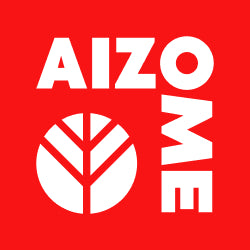



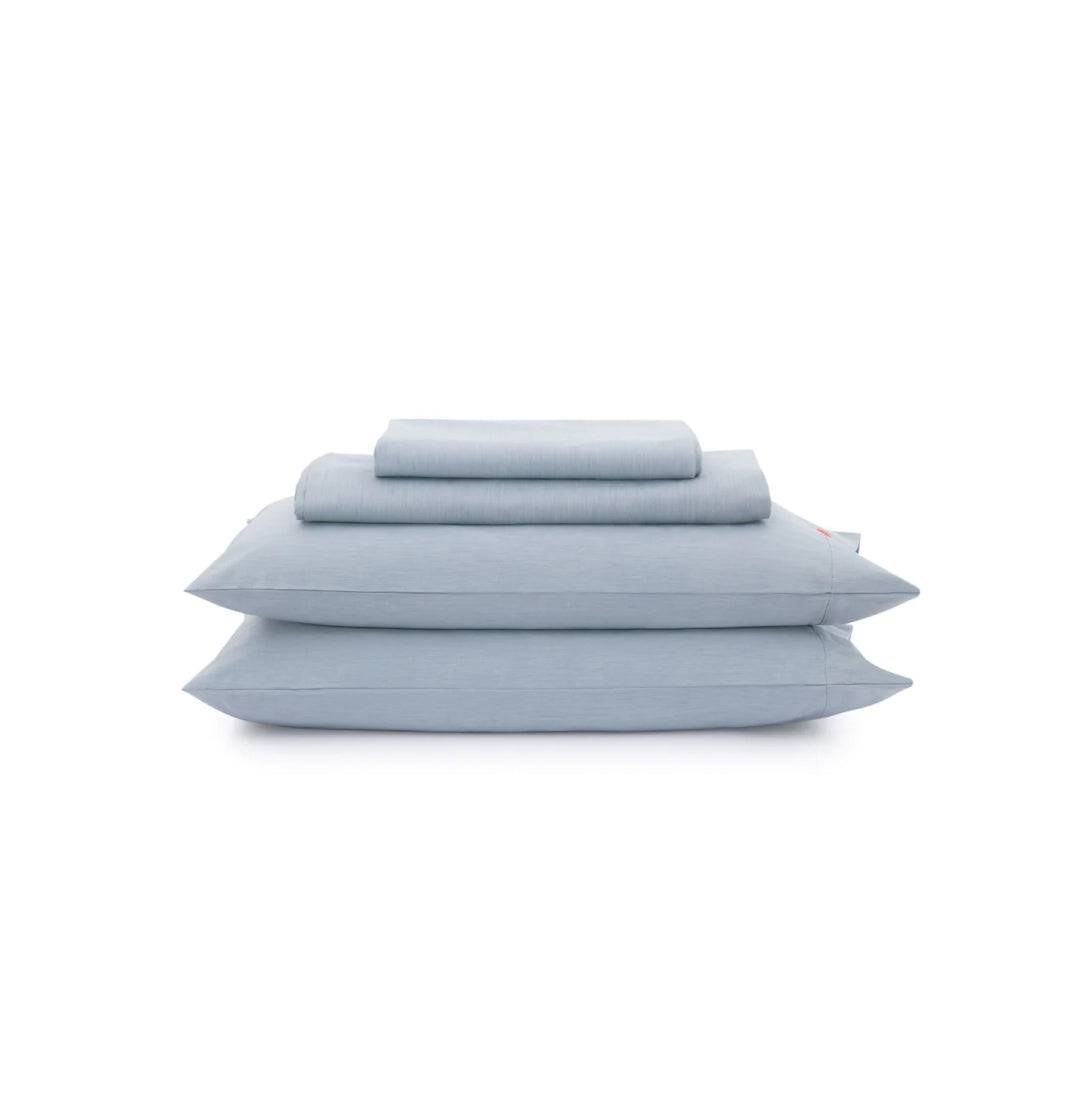


 Bedding
Bedding
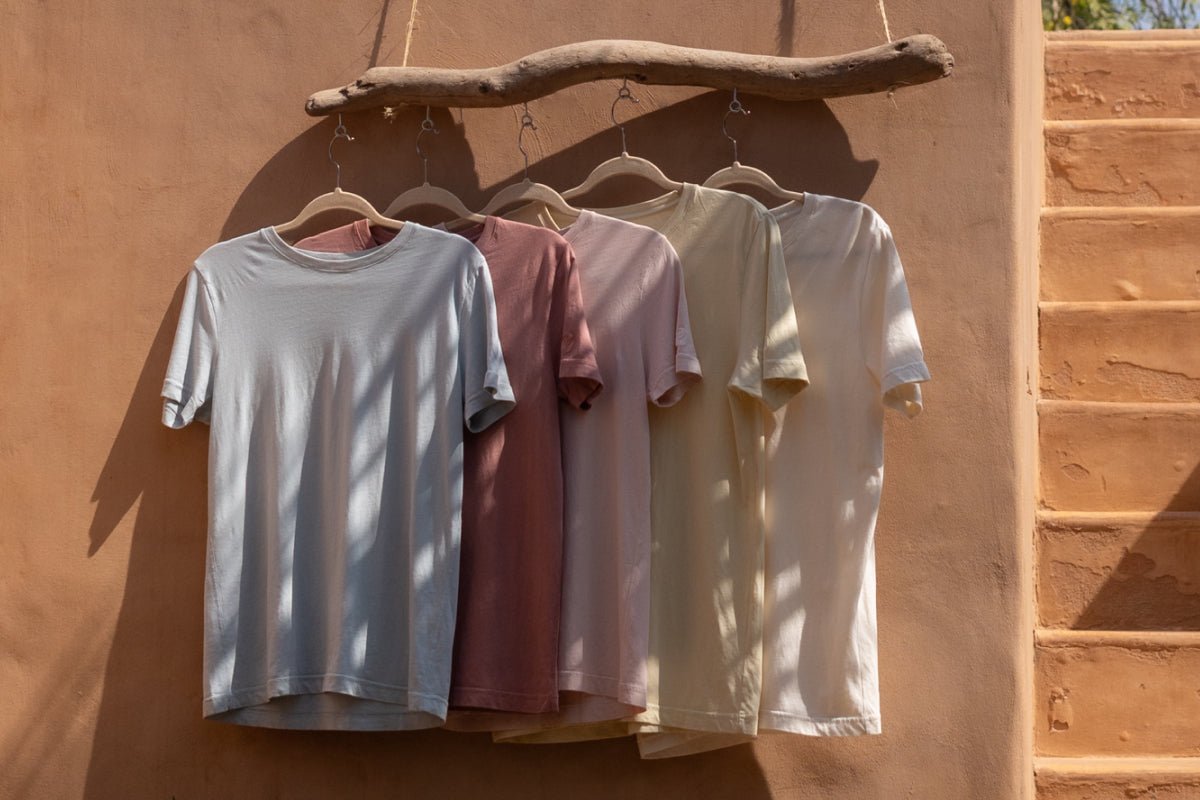 Clothing & Accessories
Clothing & Accessories
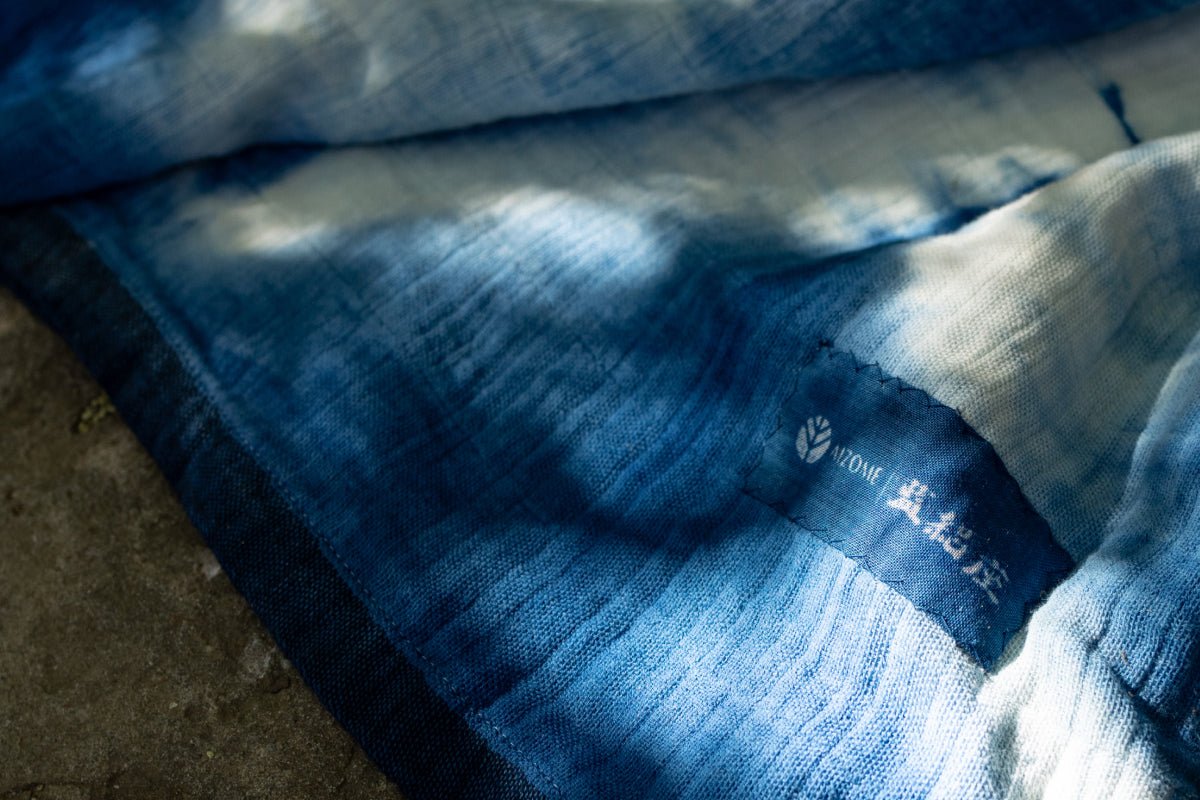 Artisan Line
Artisan Line


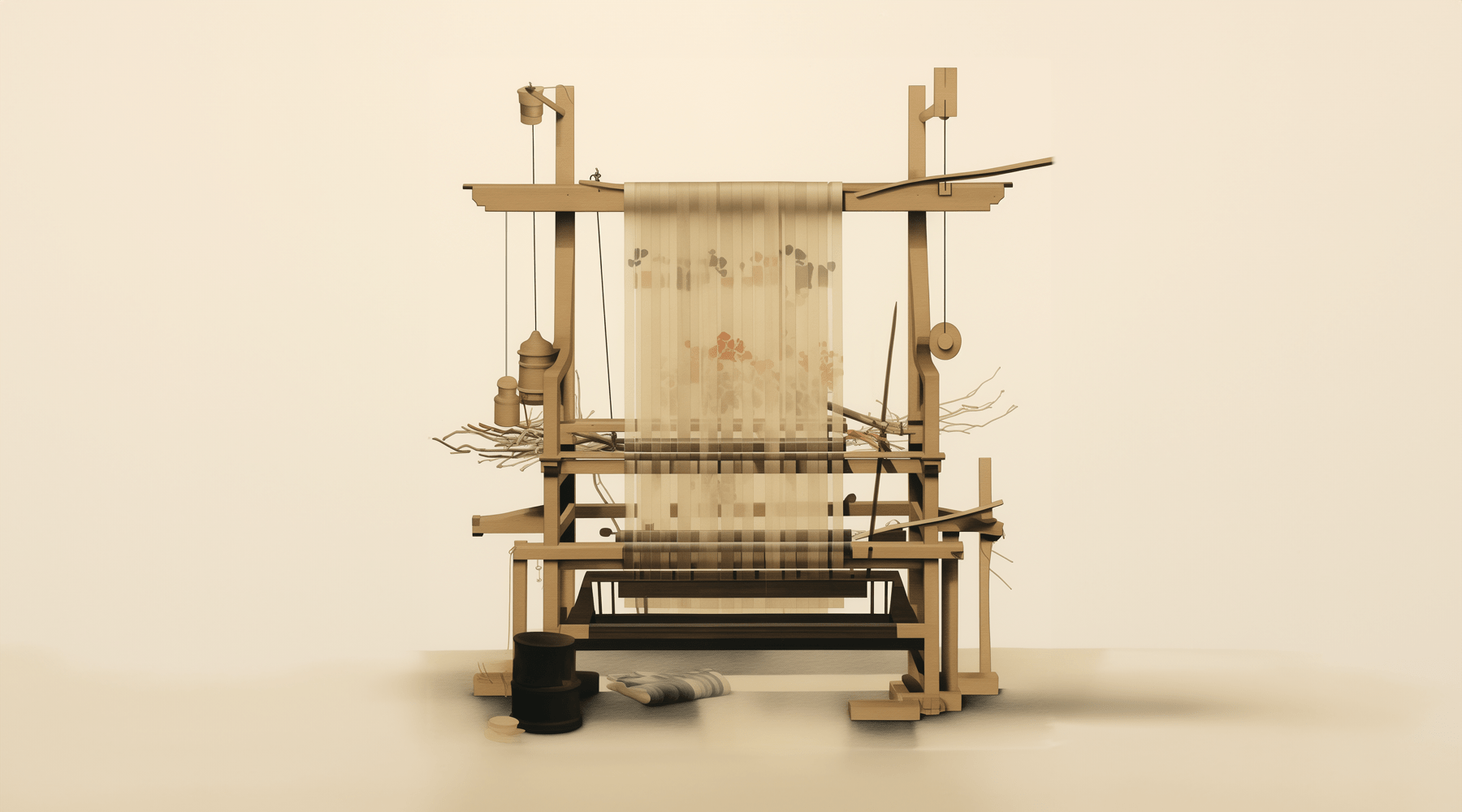
Leave a comment
All comments are moderated before being published.
This site is protected by hCaptcha and the hCaptcha Privacy Policy and Terms of Service apply.